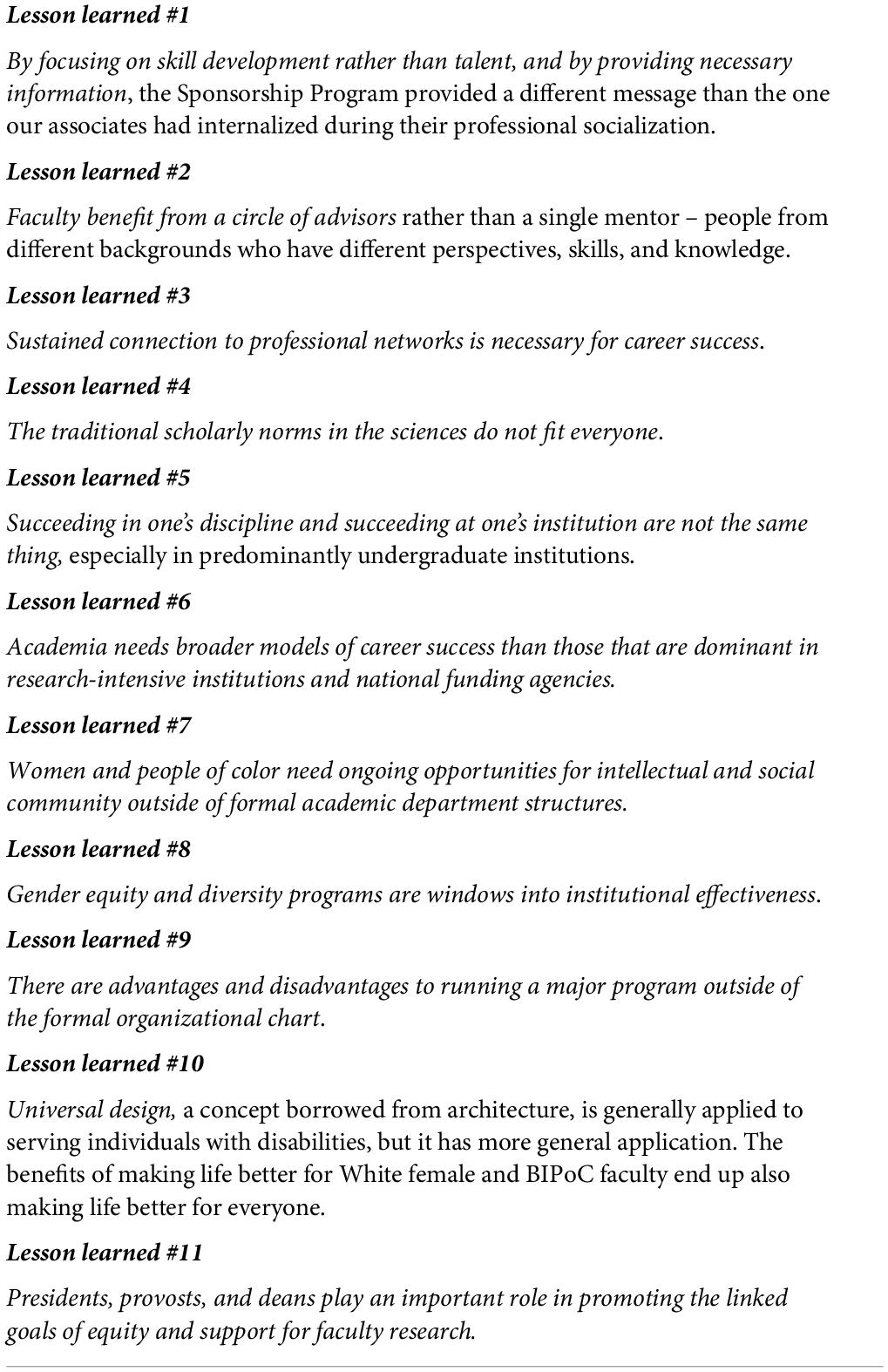Anti-misogyny lessons to be taught in school in a bid to tackle sexism ‘epidemic’ – the-independent.com

Report on New Educational Guidance and its Alignment with Sustainable Development Goals
Introduction and Executive Summary
New school guidance for Relationships, Sex and Health Education (RSHE) has been published, introducing a framework designed to address contemporary social challenges. The guidance is strategically aligned with several United Nations Sustainable Development Goals (SDGs), primarily focusing on Quality Education (SDG 4), Gender Equality (SDG 5), and Good Health and Well-being (SDG 3).
- The framework aims to equip students with the knowledge and skills to promote sustainable development, human rights, and gender equality, directly addressing the targets of SDG 4.7.
- A central objective is to combat misogyny and gender-based discrimination, contributing to the achievement of SDG 5.
- The curriculum incorporates comprehensive mental health education, supporting the promotion of well-being as outlined in SDG 3.
Advancing SDG 5: Gender Equality
The updated RSHE curriculum places significant emphasis on achieving gender equality and empowering all women and girls. It seeks to dismantle harmful gender stereotypes and reduce all forms of violence against women and girls, in line with SDG 5 targets 5.1 and 5.2.
Key Curriculum Components for SDG 5:
- Combating Misogynistic Ideologies: The guidance explicitly mandates teaching children to identify and resist misogynistic content, particularly from online ‘manosphere’ influencers and ‘incel’ (involuntary celibate) culture. This is a direct response to data from the Department for Education (DfE) indicating misogynistic attitudes have reached an “epidemic scale” among youth.
- Promoting Positive Masculinity: The framework stresses the importance of helping boys find positive role models, ensuring that the curriculum does not stigmatise boys but rather empowers them to contribute to a culture of respect and equality.
- Addressing Digital Misogyny: Secondary schools are required to educate students on the links between pornography and misogyny, as well as emerging digital threats like AI-generated deepfakes that can be used to harm women and girls.
Enhancing SDG 4: Quality Education
The guidance serves as a critical update to the national curriculum, ensuring that education remains relevant and effective in preparing students for the complexities of the modern world. This aligns with SDG 4’s goal to ensure inclusive and equitable quality education for all.
Framework Updates for SDG 4:
- Age-Appropriate Learning: The new guidance emphasizes an age-appropriate approach with a clear distinction between primary and secondary education. It removes previous proposals for rigid age limits on specific topics, allowing educators the flexibility to sensitively address issues students may encounter online or socially, thereby ensuring relevant and timely education (SDG 4.7).
- Parental Partnership and Transparency: In support of building strong and accountable institutions (SDG 16), schools are required to provide parents with access to teaching materials, fostering a collaborative educational environment.
- Digital Literacy: The curriculum will now include greater awareness of Artificial Intelligence (AI) and deepfakes, equipping students with critical skills needed for navigating the digital landscape.
Promoting SDG 3: Good Health and Well-being
A significant component of the revised RSHE framework is dedicated to promoting mental health and well-being, directly contributing to SDG 3, particularly target 3.4, which aims to promote mental health.
Mental Health and Well-being Initiatives:
- Suicide Prevention: The guidance includes requirements for schools to work with mental health professionals to discuss suicide prevention in an age-appropriate manner. This change, supported by charities such as 3 Dads Walking, is seen as a life-saving measure.
- Building Resilience: Students will be taught the importance of “grit and resilience,” equipping them with the psychological tools to navigate challenges and take on risks in a healthy manner.
Implementation Timeline
The rollout of this new guidance is structured to allow for adequate preparation by educational institutions.
- September 2024: Schools may begin implementing the new guidance on a voluntary basis.
- September 2026: Full implementation of the guidance becomes mandatory for all schools.
Analysis of Sustainable Development Goals in the Article
1. Which SDGs are addressed or connected to the issues highlighted in the article?
The article discusses issues that are directly connected to the following Sustainable Development Goals:
- SDG 3: Good Health and Well-being: The article explicitly mentions new school guidance on helping children with their mental health and suicide prevention.
- SDG 4: Quality Education: The core of the article is the introduction of a new “relationships, sex and health education (RSHE) framework” for schools, detailing what children will be taught.
- SDG 5: Gender Equality: The primary focus of the new educational guidance is to “combat misogyny,” resist “incel culture,” and address violence against women and girls.
2. What specific targets under those SDGs can be identified based on the article’s content?
Based on the article’s content, the following specific targets can be identified:
-
SDG 3: Good Health and Well-being
- Target 3.4: By 2030, reduce by one third premature mortality from non-communicable diseases through prevention and treatment and promote mental health and well-being.
Explanation: The article highlights that the new guidance includes “requirements on helping children with their mental health, including working with mental health professionals to discuss suicide prevention.” The charity 3 Dads Walking is quoted as saying, “This change will save lives,” directly linking the educational initiative to the prevention of premature mortality and the promotion of mental well-being.
- Target 3.4: By 2030, reduce by one third premature mortality from non-communicable diseases through prevention and treatment and promote mental health and well-being.
-
SDG 4: Quality Education
- Target 4.7: By 2030, ensure that all learners acquire the knowledge and skills needed to promote sustainable development, including, among others, through education for sustainable development and sustainable lifestyles, human rights, gender equality, promotion of a culture of peace and non-violence…
Explanation: The article is centered on the new RSHE framework, which aims to teach children to “combat misogyny,” find “positive role models,” and understand the links between “pornography and misogyny.” This is a direct implementation of education for gender equality and the promotion of a culture of non-violence, as specified in the target.
- Target 4.7: By 2030, ensure that all learners acquire the knowledge and skills needed to promote sustainable development, including, among others, through education for sustainable development and sustainable lifestyles, human rights, gender equality, promotion of a culture of peace and non-violence…
-
SDG 5: Gender Equality
- Target 5.1: End all forms of discrimination against all women and girls everywhere.
Explanation: The article states that the new school guidance is designed to “combat misogyny” and resist “incel’ culture,” which are forms of discrimination and hatred against women. The Department for Education’s warning that “misogynistic attitudes had reached ‘epidemic scale'” underscores the need to address this form of discrimination. - Target 5.2: Eliminate all forms of violence against all women and girls in the public and private spheres…
Explanation: The article directly connects the educational initiative to tackling violence. Education Secretary Bridget Phillipson mentions her past work in a “refuge for women and children fleeing domestic violence” as a motivation. Furthermore, the article notes a political pledge “to halve the rate of violence against women and girls in 10 years,” which directly aligns with this target.
- Target 5.1: End all forms of discrimination against all women and girls everywhere.
3. Are there any indicators mentioned or implied in the article that can be used to measure progress towards the identified targets?
The article mentions or implies several indicators that can be used to measure progress:
-
For SDG 3, Target 3.4:
- Implied Indicator: Suicide mortality rate. The statement from the 3 Dads Walking charity that the guidance on suicide prevention “will save lives” implies that a key measure of success would be a reduction in the youth suicide rate.
-
For SDG 4, Target 4.7:
- Indicator: The extent of implementation of the national education framework. The article provides a clear timeline for this, stating, “Schools will be able to implement the guidance from September this year, and must follow it from September 2026.” Progress can be measured by the number of schools adopting and following the new RSHE guidance.
-
For SDG 5, Targets 5.1 and 5.2:
- Indicator: Prevalence of misogynistic attitudes among youth. The article provides a baseline statistic: “54 per cent of those aged 11-19 saying they had witnessed misogynist comments.” Progress could be measured by a reduction in this percentage over time.
- Indicator: The rate of violence against women and girls. The article explicitly mentions a political pledge “to halve the rate of violence against women and girls in 10 years.” This provides a clear, measurable indicator to track progress towards Target 5.2.
4. Summary Table of SDGs, Targets, and Indicators
| SDGs | Targets | Indicators |
|---|---|---|
| SDG 3: Good Health and Well-being | 3.4: Promote mental health and well-being and reduce premature mortality. | Suicide mortality rate (implied by the goal to “save lives” through suicide prevention education). |
| SDG 4: Quality Education | 4.7: Ensure all learners acquire knowledge and skills needed to promote sustainable development, including gender equality and a culture of non-violence. | The extent of implementation of the RSHE framework in schools by the 2026 deadline. |
| SDG 5: Gender Equality | 5.1: End all forms of discrimination against all women and girls everywhere. | Percentage of young people (aged 11-19) witnessing misogynist comments (baseline at 54%). |
| 5.2: Eliminate all forms of violence against all women and girls. | The rate of violence against women and girls (with a stated goal to “halve the rate” in 10 years). |
Source: ca.news.yahoo.com

What is Your Reaction?
 Like
0
Like
0
 Dislike
0
Dislike
0
 Love
0
Love
0
 Funny
0
Funny
0
 Angry
0
Angry
0
 Sad
0
Sad
0
 Wow
0
Wow
0










































































